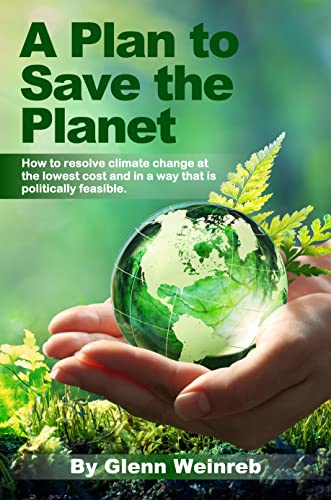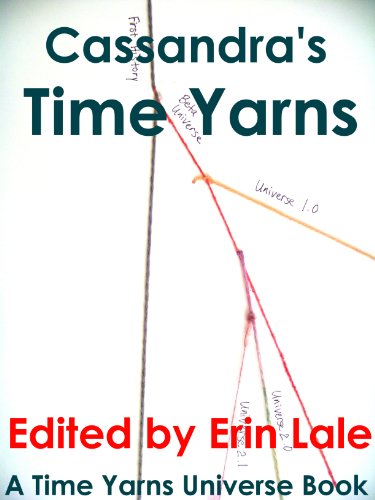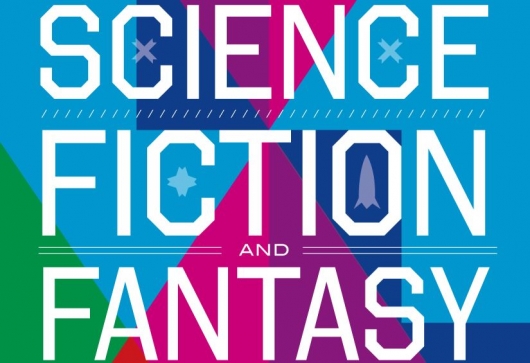
This is the first book ever that explains how to resolve climate change at the lowest cost and in a way that is politically feasible. In essence, a plan to save the planet.
The easiest solution is a federal law that requires decarbonization at the lowest cost over 30 years, with additional costs passed onto consumers. If applied to the U.S., this would cost each American $20 in year #1, $40 in year #2, $60 in year #3, etc.
The world’s current economic decarbonization strategy is to encourage individuals, companies, cities, and regions to reduce CO2 emissions. However, they rarely have the physical ability to do so at the lowest cost. Instead, we should task power companies with decarbonizing at massive scales and at the lowest cost.
Decarbonization policy in the U.S. is controlled by a political coalition of environmentalists, labor unions, and the automobile industry. Unfortunately, labor and auto must focus on their own financial interests, and not getting to zero at the lowest cost. To do the latter, one would need a political coalition that benefits. For example, regions that import carbon-based fuels benefit from lowest-cost decarbonization in two ways: (a) they gain local green jobs while carbon jobs are lost elsewhere, and (b) they save money when decarbonization causes fuel price to drop, due to less fuel consumption.
The cherry on top of our climate solutions sundae is a new R&D laboratory that further reduces decarbonization costs.
To read the first 4 chapters for free, or watch a 10 minute TED talk that summarizes the book, visit APlanToSaveThePlanet.org
 I received a complimentary copy of this book from Reedsy Discovery. I voluntarily chose to read and post an honest review.
I received a complimentary copy of this book from Reedsy Discovery. I voluntarily chose to read and post an honest review.
Before A Plan to Save the Planet begins, Glenn Weinreb speaks candidly on how he profited from carbon. How he “sold approximately $5 million worth of a device (see “Note From Author” for image) to the petroleum industry. He explains how carbon had its place in history, but now we must move past it and save the planet.
The world is divided into those who are climate change believers and deniers. Those who want to protect the world’s ecosystem fear food shortages, rising sea levels, and extreme weather patterns. The author states that deniers either don’t think climate change is important or want to pass the problem on to someone else. Scientists have very clearly stated that we must decrease carbon emissions. Glenn Weinreb points out that this is not easy or cheap. He does suggest tasking power companies with decarbonizing. I agree!
Glenn Weinreb gives readers much information in the form of charts, graphs, and percentages on various headers. You’d think this would dull the read, but it didn’t. Adding the photos made the text read less like a report. For example, there’s a section where we learn the yearly budget for the Jet Propulsion Laboratory in California. The images will make you feel connected to the location and its developments.
Carbon vs. climate is a political battle. It all comes down to money, as pointed out in the book. Unsurprisingly, “Green Republicans” voted against protecting the planet. I knew Democrats favored going green, using solar and wind power, but not the exact amount. “Approximately 37% of U.S. Senators are Democrats from states that do not produce natural gas or coal (30).”
“The five largest petroleum companies together spend $200M each year on lobbying to block decarbonization.” Wow!
The author suggests several ways to combat carbon emissions. For example: setting up a decarbonization laboratory. At a heft bill of $100M to $10B, it’ll be a hard sale to those who want to make money, not spend it. Even the check amount for hiring a university to write a business plan for a decarbonization laboratory is pricey. Again, money is always a battle in government. “Many wealthy individuals have expressed an interest in saving the planet. However, figuring out how to spend wisely is not easy.”
As the author states, “Thousands of solar farms, wind farms, and hydroelectric dams would consume significant amounts of metal and cement. Fabricating these materials with carbon-based fuels would cause CO2 emissions to increase. Therefore, material fabrication needs to be decarbonized too.” No wonder “climate change is a 100 trillion dollar problem,” and that dollar amount is only increasing!
America relies heavily on coal and oil, so going green is getting a lot of pushback. However, I firmly believe going green is the future. Like our planet, we need to evolve to survive and thrive. While the war against climate change rages on, we see water sources drying up and food prices rising. Due to water shortage, there are fewer crops; therefore, prices reflect the toll of our planet’s rising temperatures. “Government wants a decent number of solar farms constructed each year, investors want to maximize their return on investment (for a given level of risk), electricity customers want to minimize price, and solar farm owners want to maximize profit (133).”
Glenn Weinreb supplied readers with a lot of data, but the information under “What Is Carbon Capture and Sequestration?” fascinated me the most. The section had a lot of data to retain, just like the rest of the book. However, I think it was worth reading.
If you are a climate change believer, read this book!
If you know someone who is a climate change denier, share this book with them!
As much as I appreciated all the time and effort put into gathering and composing the facts about climate change and decarbonizing, this book must be read several times to retain everything presented. I do think it would make great mandatory reading material for environmental science majors.
Heart Rating System:
1 (lowest) and 5 (highest)
Score: ❤❤❤❤
Meet the Author

![]()




